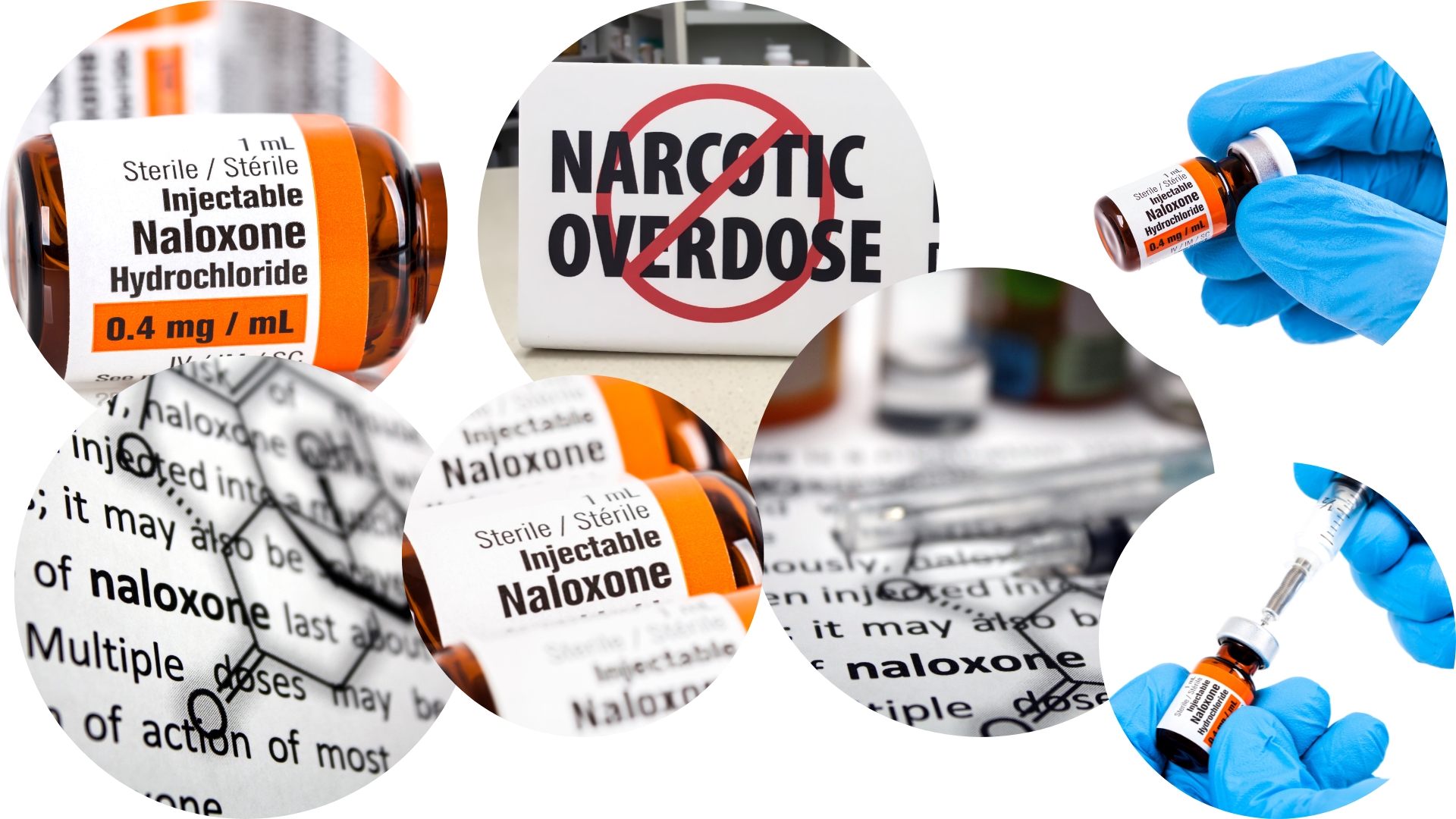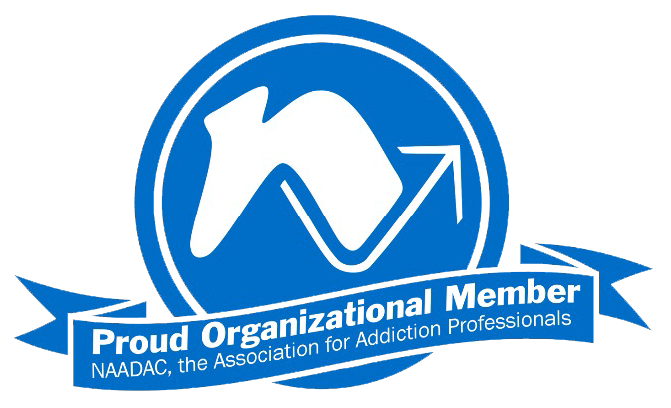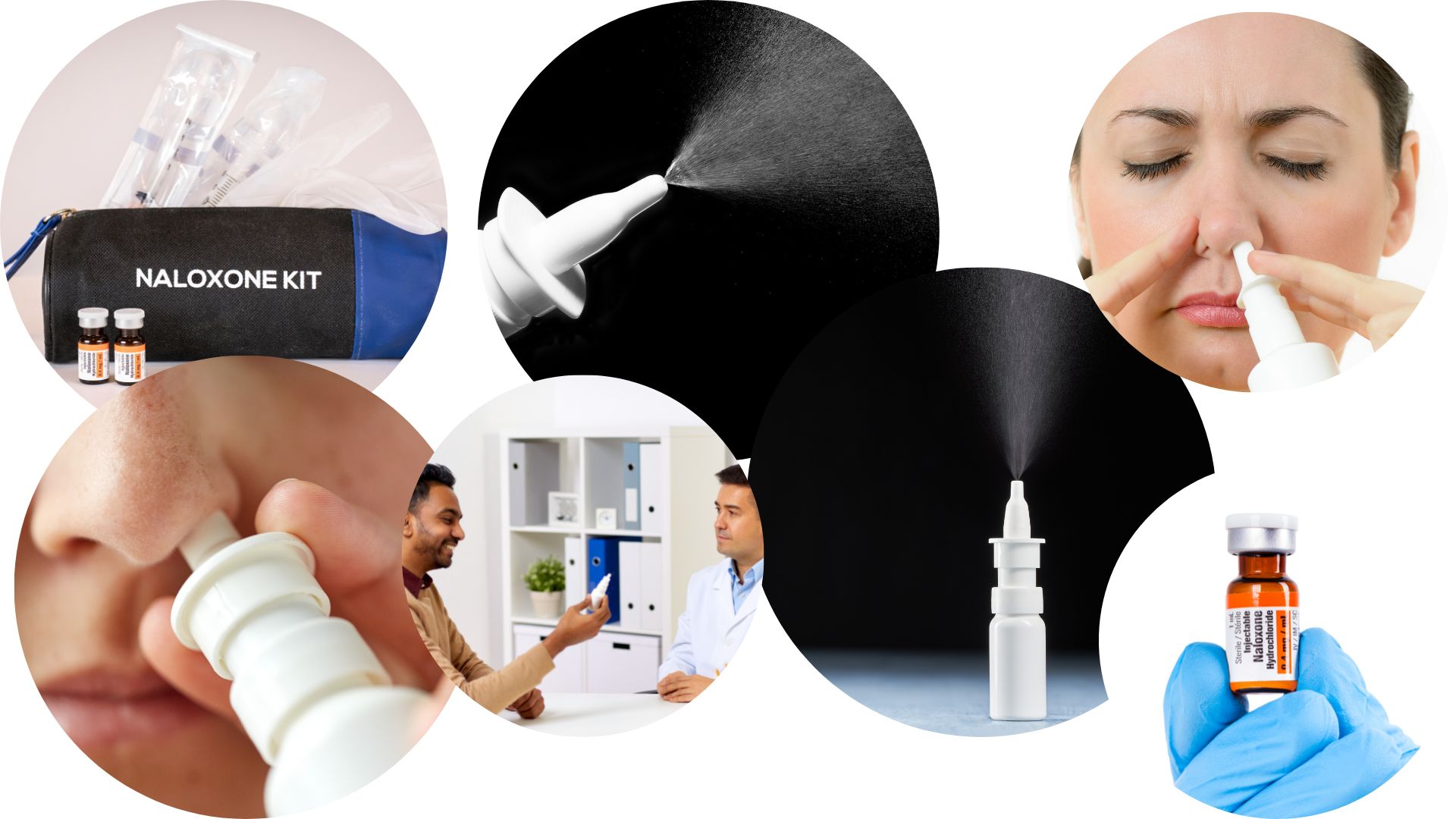-
Naloxone Training: Treating an Opioid Overdose


This course, “Naloxone Training: Treating an Opioid Overdose,” is a practical approach to treating opioid overdose in first aid and hospital settings. It will provide you with a general understanding of opioids and opioid overdose, an overview of Naloxone, and its use in treating opioid overdose.
The course is designed to help you:
- Define opioids.
- Describe opioids' mechanism of action and signs of overdose.
- Understand what Naloxone is and describe its brand names.
- Explain the dosage and administration of Naloxone.
- Recognize the side effects of Naloxone.
- Discuss the treatment of opioid overdose.
- Differentiate between treating overdoses in rescue settings and hospital settings.
- Differentiate administration of Naloxone to adults and children.
- Demonstrate how to administer the different forms of Naloxone.
This course is an Open Online Course (OOC). It was developed by NextGenU.org.The course was developed by Monthe Kofos, DO; and Designed by Pablo Baldiviezo MD, MSc, DiplEd; Eduardo Bianco MD, MSc, BIR; Carolina Bustillos MD, DiplEd; Kabiru Gulma B. Pharm, MBA, MSc., Ph.D; and Cyrille Adam, B.A, BA, Ed.
There is one module and three lessons to complete, including:Module 1: Overview of Naloxone in Treating Opioid Overdose
- Lesson 1: Overview of Opioids and Opioid Overdose.
- Lesson 2: Overview of Naloxone.
- Lesson 3: Uses of Naloxone in Treating Opioid Overdose.
The completion time for this course is estimated at 6 hours, including 1 hour and 15 minutes of learning resources, 1 hour and 15 minutes for study and assimilation, and 3 hours and 30 minutes of participating in learning activities and the final exam to assist the learners in the synthesis of learning materials.
Engaging with this course
- To register for this course, complete the registration form. Begin the course with Module 1. For each lesson, read the descriptions.
- There is a final exam to assess your understanding of some important concepts. Click on the hyperlinks to take you to these items in each topic.
Requirements to obtain the certificate :
You may browse this course for free to learn for your personal enrichment. There are no requirements.
To obtain a certificate, a learner must successfully complete:- All reading requirements,
- All quizzes and pass with a 80% with unlimited attempts,
- The final exam with a minimum of 80% and a maximum of 3 attempts, and
- The self and course evaluation forms.
Here are the next steps to take the course and earn a certificate.
- Complete the registration form.
- Begin the course with Lesson 1: A Brief Guide to Understanding Opioids and Opioid Overdose. In each lesson, read the description, complete all required readings and any required activity, as well as take the corresponding quizzes.
This course meets nationally approved standards of education developed for the addiction/substance use disorders counseling profession. This course's participants are assured that the continuing education (CE) credits provided will be accepted toward national credentialing by the NAADAC Certification Commission for Addiction Professionals (NCC AP), as well as by many of the individual state licensing/certification bodies in the addiction and other helping professions.

-
Module 1: Treating an Opioid Overdose
 Instructional goals covered in this module:
Instructional goals covered in this module:- General overview of opioids.
- Overview of Naloxone.
- Treatment of opioid overdose with Naloxone.
-
Module1: Lesson 1: Introduction to the Opioid Overdose
Student Learning Outcomes:
Upon completion of this lesson, you will be able to:
- Define opioids.
- Describe opioids' mechanism of action and signs of overdose.
1 URL -
Module 1: Lesson 2: Introduction to Naloxone
Student Learning Outcomes:
Upon completion of this lesson, you will be able to:- Understand what Naloxone is and recite its brand names.
- Explain the dosage and administration of Naloxone.
- Recognize the side effects of Naloxone.
1 URL -
Module 1: Lesson 3: Naloxone Administration
Student Learning Outcomes:
Upon completion of this lesson, you will be able to:- Discuss the treatment of opioid overdose.
- Differentiate between treating overdoses in rescue settings and hospital settings.
- Differentiate the administration of Naloxone to adults and children.
- Demonstrate how to administer the different forms of Naloxone.
1 URL, 1 Forum -
Course and Self Evaluation & Certificate
 In this section, you can provide feedback about this course to help us make NextGenU.org better. Once evaluations are completed, you will be able to download your certificate of completion.
In this section, you can provide feedback about this course to help us make NextGenU.org better. Once evaluations are completed, you will be able to download your certificate of completion.


